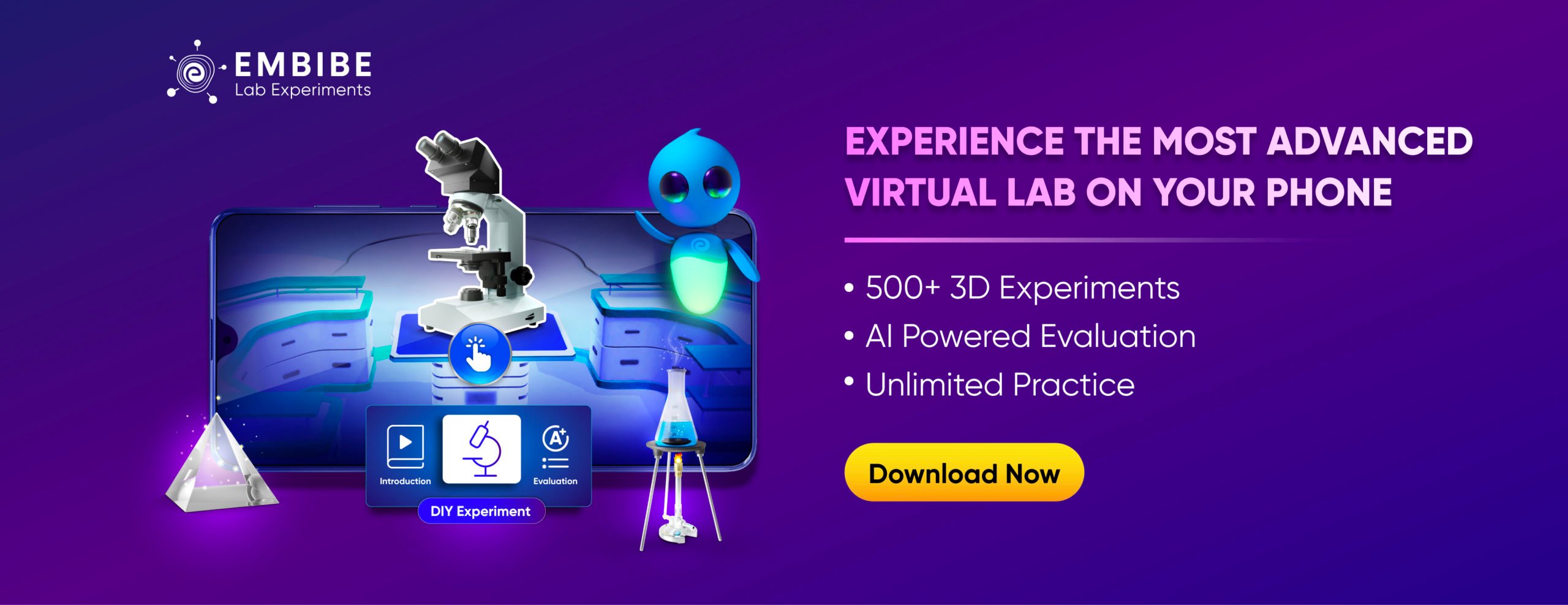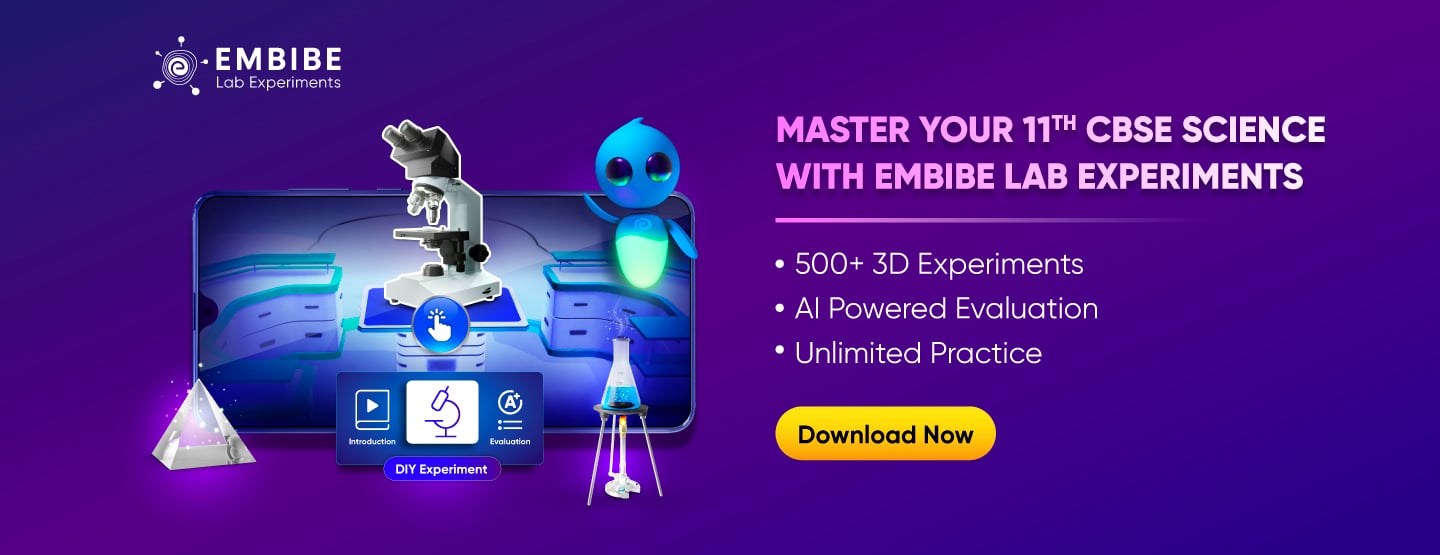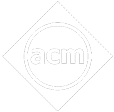- Written by aparna
- Last Modified on 12-12-2024
Assam Board Class 11 Exam 2025
Assam Higher Secondary Education Council (AHSEC) is responsible for conducting the Assam Board Class 11 exams every year. AHSEC is responsible for the progress and development of Higher Secondary Education for the schools affiliated with the board. It also takes responsibility to monitor and regulate the state’s higher secondary education system.
The Assam Board Class 11 exams are organised by the board and the syllabus is curated by the subject experts chosen by the board. Class 11 is an important phase of a student’s academic career, to score good marks in the final exams, students must familiarise themselves with the syllabus, exam pattern, blueprint, preparation tips and many more. Keep reading to know more about Assam Board Class 11 exams.
Assam Board Class 11 Exam Summary 2025
Assam Board Class 11 exams are usually conducted in the month of March every year. Classes 11 and 12 are often considered the foundation of future academic choices and are highly important. AHSEC Class 11 is also a time when most students become more concerned about their future careers and begin to plan for them, and it is also the year when the majority of students choose to specialise in one particular field.
To attempt the final exam, a candidate must have at least 75% attendance in every course they have taken. For private students, the minimum attendance requirement is 60%. Before knowing more details on Assam Board Class 11 exams, students can go through the overview table provided below.
| Particulars |
Description |
| Motto |
तमसो मा ज्योतिर्गमय (Tamaso Ma Jyotirgamaya) |
| SEBA Full Form |
Board of Secondary Education, Assam |
| Founder |
S C Rajkhowa |
| Formation |
January 29, 1962 |
| Headquarters |
Guwahati, Assam, India |
| Type |
Autonomous, Governmental Board of School Education |
| Official Language |
Assamese, Bengali, English, Hindi |
| Legal Status |
Available |
| Parent Organisation |
Ministry of Education, Government of Assam |
Assam Board Class 11 Official Website
https://ahsec.assam.gov.in/

Assam Board Class 11 Exam Syllabus 2025
Students must be aware of the Assam Board Class 11 syllabus as it provides a clear introduction to the course ahead, with a proper breakdown of the themes and concepts under each subject.
Students in AHSEC board Class 11 will be able to choose from various streams, including Arts, Commerce, Science as well as a variety of courses and languages. Each class will have different approaches based on the student’s stream, and each subject will have its curriculum.
AHSEC Board Class 11 Mathematics Syllabus
To perform well in Class 11 Mathematics, students must collect all the chapter formulas in one place and revise them frequently. Practicing all the textbook problems along with previous years’ question papers helps students to easily score good marks in the final exam. Below, we have mentioned the Assam Board Class 11 Maths syllabus.
| Chapter No. |
Chapter Name |
| 1 |
Sets and Functions |
| 2 |
Algebra |
| 3 |
Coordinate Geometry |
| 4 |
Calculus |
| 5 |
Mathematical Reasoning |
| 6 |
Statistics and Probability |
AHSEC Board Class 11 Physics Syllabus
With all the derivative and numerical problems to be solved in the Class 11 Physics syllabus, students must make practice daily. Going through the textbook concepts and then solving the problems helps the students to easily attempt the exam. Check the Assam Board Class 11 Physics syllabus below.
| Chapter No. |
Chapter Name |
| 1 |
Physical World and Measurement |
| 2 |
Kinematics |
| 3 |
Laws of Motion |
| 4 |
Work, Energy and Power |
| 5 |
Motion of System of Particles and Rigid Body |
| 6 |
Gravitation |
| 7 |
Properties of Bulk Matter |
| 8 |
Thermodynamics |
| 9 |
Behaviour of Perfect Gases and Kinetic Theory of Gases |
| 10 |
Oscillations and Waves |
AHSEC Board Class 11 Chemistry Syllabus
AHSEC Board Class 11 Chemistry Syllabus The Chemistry curriculum has experienced numerous changes, primarily to meet the expanding needs of students, the subject’s progress, and other factors. The AHSEC board Class 11 Chemistry syllabus contains a complete and detailed list of higher secondary Chemistry topics.
| Chapter No. |
Chapter Name |
| 1 |
Some Basic Concepts of Chemistry |
| 2 |
Structure of Atom |
| 3 |
Classification of Elements and Periodicity in Properties |
| 4 |
Chemical Bonding and Molecular Structure |
| 5 |
States of Matter: Gases and Liquids |
| 6 |
Chemical Thermodynamics |
| 7 |
Equilibrium |
| 8 |
Redox Reactions |
| 9 |
Hydrogen |
| 10 |
s -Block Elements |
| 11 |
p -Block Elements |
| 12 |
Organic Chemistry: Some Basic Principles and Techniques |
| 13 |
Hydrocarbons |
| 14 |
Environmental Chemistry |
AHSEC Board Class 11 Biology Syllabus
Learning and understanding the Class 11 Biology concepts is highly beneficial for the students aiming to establish their careers in the medical domain. Class 11 Biology builds the basic/fundamental knowledge which is necessary to ace higher secondary education in the future.
| Chapter No. |
Chapter Name |
| 1 |
Diversity of Living Organisms |
| 2 |
Structural Organisation in Plants and Animals |
| 3 |
Cell: Structure and Function |
| 4 |
Plant Physiology |
| 5 |
Human Physiology |
Assam Board Class 11 Exam Blueprint 2023
Going through the blueprint is essential to know the marks distribution for each subject. Students can prioritise studying the topics based on the blueprint that demonstrates the chapters that have a higher mark distribution.
Assam Board Class 11 English Blueprint
Below, we have provided the Assam Board Class 11 English Blueprint to help students understand which sections are important and how much marks they will carry during the exam. This will help students score good marks in the final exam:
| Section |
Marks |
| Reading Comprehension |
26 |
| Creative Writing Skills and Grammar |
24 |
| Literature Textbooks and Supplementary Reading Text |
30 |
| Total |
80 |
| Assessment of Listening and Speaking Skills |
20 |
| Grand Total |
100 |
Assam Board Class 11 Physics Blueprint
Below, we have tabulated the important topics and chapters from Physics syllabus to help students with their studies. Students are advised to go through the blueprint provided below to prepare for the exams accordingly and check the chapters and units that carry the most marks:
| Unit Number |
Title |
Marks |
| Unit 1 |
Physical World and Measurement |
23 marks |
| Unit 2 |
Kinematics |
| Unit 3 |
Laws of Motion |
| Unit 4 |
Work, Energy and Power |
17 marks |
| Unit 5 |
Motion of System of Particles and Rigid Body |
| Unit 6 |
Gravitation |
| Unit 7 |
Properties of Bulk Matter |
| Unit 8 |
Thermodynamics |
20 marks |
| Unit 9 |
Behaviour of Perfect Gases and Kinetic Theory of Gases |
| Unit 10 |
Oscillations and Waves |
10 marks |
| |
Total Marks |
70 marks |
Assam Board Class 11 Chemistry Blueprint
To help students with their exam preparation, we have provided the Assam Board 11th Chemistry subject blueprint below in detail. Students must thoroughly understand the blueprint and frame their study routine to score excellent marks during the exam:
| Unit Number |
Title |
Marks |
| Unit 1 |
Some Basic Concepts of Chemistry |
11 marks |
| Unit 2 |
Structure of Atom |
| Unit 3 |
Classification of Elements and Periodicity in Properties |
04 Marks |
| Unit 4 |
Chemical Bonding and Molecular Structure |
21 marks |
| Unit 5 |
States of Matter: Gases and Liquids |
| Unit 6 |
Chemical Thermodynamics |
| Unit 7 |
Equilibrium |
| Unit 8 |
Redox Reactions |
16 marks |
| Unit 9 |
Hydrogen |
| Unit 10 |
s -Block Elements |
| Unit 11 |
Some p -Block Elements |
| Unit 12 |
Organic Chemistry: Some basic Principles and Techniques |
18 marks |
| Unit 13 |
Hydrocarbons |
| Unit 14 |
Environmental Chemistry |
| |
Total Marks |
70 marks |
Assam Board Class 11 Mathematics Blueprint
Below, we have provided the Assam Board Class 11 Maths blueprint which consists of the marks each chapter or unit of the syllabus carries. It is important for students to be aware of the Maths blueprint to prepare in the best way for the upcoming exams:
| Unit Number |
Title |
Marks |
| Unit 1 |
Sets and Functions |
23 marks |
| Unit 2 |
Algebra |
30 marks |
| Unit 3 |
Coordinate Geometry |
10 marks |
| Unit 4 |
Calculus |
05 marks |
| Unit 5 |
Mathematical Reasoning |
02 marks |
| Unit 6 |
Statistics and Probability |
10 marks |
| |
Total Marks |
80 marks |
| |
Internal Assessment |
20 marks |
Assam Board Class 11 Biology Blueprint
The Biology Assam Board Class 11 Blueprint has been tabulated below that shows which section of the syllabus carries how many marks. Students are advised to note down the important units from the blueprint and prepare for the exams in the best way to stay on top of their game:
| Unit Number |
Title |
Marks |
| Unit 1 |
Diversity of Living Organisms |
12 marks |
| Unit 2 |
Structural Organisation in Plants and Animals |
12 marks |
| Unit 3 |
Cell: Structure and Functions |
12 marks |
| Unit 4 |
Plant Physiology |
17 marks |
| Unit 5 |
Human Physiology |
17 marks |
| |
Total Marks |
70 marks |

Assam Board Class 11 Study Plan to Maximise Score
The smartest way to score good marks in Assam Board Class 11 exams is to follow a detailed study plan that emphasises on all the subjects. Below, we have mentioned a study plan for Physics, Chemistry, Biology and Mathematics subjects along with some best exam preparation tips to help the students ace the Class 11 exams with confidence.
Preparation Tips for Assam Board Class 11
A timetable can be handy when studying for an exam. Students can follow some of the tips listed below to make the most of the material in this article.
- Understand the Exam Pattern: The Assam Board Class 11 exams follow a specific pattern. It is important to understand the types of questions that will be asked in the exam, the duration of the exam, and the marking scheme. This will help you prepare accordingly and manage your time effectively during the exam.
- Identify Key Topics: While preparing for the exam, it is important to focus on the key topics that are likely to be covered in the exam. Identify the most important chapters and topics in each subject, and allocate more time to those areas.
- Use Study Material Effectively: The Assam Board provides textbooks and other study material for each subject. Make sure to use these resources effectively. Go through the textbooks thoroughly, and make notes on important concepts, formulae, and definitions. You can also use reference books and online resources to supplement your learning.
- Practice Previous Year Papers: Solving previous year papers can help you understand the exam pattern and get a feel for the types of questions that are asked. It is a good idea to solve as many previous year papers as possible, and analyze your performance to identify areas where you need to improve.
- Seek Help When Needed: If you are struggling with a particular topic or subject, don’t hesitate to seek help. You can approach your teachers or classmates for assistance, or join a study group where you can learn from others and clarify your doubts.
Detailed Study plan for Assam Board Class 11
Improving the overall performance in the Assam Board Class 11 exams depends on the scores obtained in each subject individually. To help students attain clarity on scoring good marks in each subject, the detailed study plan is mentioned below.
- Study Plan for Mathematics: Each chapter of Class 11 Mathematics has example problems that should be necessarily practiced by the students to know the right approach to the problems. Once the step-wise approach to the solutions is understood, problem-solving becomes easy.
- Study Plan for Physics: The easiest way to score good marks in Class 11 Physics is to go through the textbook concepts first, followed by the chapter-wise problems. Practicing the derivatives along with the questions from previous year’s papers will greatly help in acing the Class 11 Physics exam.
- Study Plan for Chemistry: With several chemical reactions to be understood in Class 11 Chemistry, students must maintain a separate notebook to note down all the reactions and practice them vigorously. To understand the Chemistry concepts in a much better way, students can choose to follow video explanations for each chapter.
- Study Plan for Biology: Biology exam preparation is the easiest, provided students read and understand all the concepts from the textbooks. Preparing notes for each chapter will make the revision process easy. All the diagrams must be practiced along with the labelling to make the answer sheet presentable to the examiner.
FAQs on Assam Board Class 11 Exams 2025
Here is a list of frequently asked questions on Assam board Class 11 exams.
Q: When will the Assam Board Class 11 exams 2025 be conducted??
Ans: The Assam Board Class 11 exams are scheduled to be conducted in March 2025.
Q: How can I score good marks in Assam Board Class 11 exams?
Ans: To score good marks in Assam Board Class 11 exams, students must study all the chapter-wise topics efficiently. They must practice the previous years’ question papers and go through the sample papers to understand the marking scheme and nature of questions asked in the exam.
Q: How can I get my Assam board Class 11 grade results 2025?
Ans: To download the results of Assam Board Class 11, students can visit the official website of the Assam Board.
Q: Can I take mock tests for Assam Board Class 11 exams for?
Ans: Yes. Students can take mock tests for Assam Board Class 11 at Embibe.
Q: Does Embibe help me attain proficiency in all the chapters of Assam Board Class 11?
Ans: Yes. Embibe provides chapter-wise explanations in the form of engaging videos for all the topics of Assam Board Class 11 for the Mathematics, Physics, Chemistry and Biology subjects.
List of Educational Institutions for Assam Board Class 11
As choosing the type of educational institution determines the quality of education that a student will receive, we have provided the list of the best educational institutions in the state of Assam. Students may go through the list and select the right one as per their feasibility. Here is a list of the top Higher Secondary schools in Assam.
| Sl. No |
Name of High / Higher Secondary School |
| 1 |
Aurobindo Bidyaniketan, P.O. Pirakata |
| 2 |
Azad Memorial High Madrassa, Bhojkhowa Chapori |
| 3 |
Baligaon Bortal Sr Madrassa |
| 4 |
Balipara H.S. School, P.O. Balipara |
| 5 |
Bani Niketan High School, P.O. Alisinga |
| 6 |
Barchala H.S. School, P.O. Barchalla |
| 7 |
Besseria A.U.M.K.Vidyalaya, P.O. Besseria |
| 8 |
Besseria H.S. School, P.O. Besseria |
| 9 |
Bhangamandir High School, |
| 10 |
Bhojkhowa Chapori Sr. Madrassa, Bhojkhowa Chapori |
| 11 |
Bihaguri Girls` High School, P.O. Bihaguri |
| 12 |
Bihaguri H.S. School, P.O. Bihaguri |
| 13 |
Bindukuri High School, P.O. Bindukuri |
| 14 |
Bordikorai High School, P.O. Rangachakua, |
| 15 |
C.N.S. H.S.School, P.O. Pithakhola |
Click here to access the complete list of schools in Assam.

List of Future Exams After Class 11 Assam Board
The eleventh grade is a critical stage in a student’s life. In the eleventh and subsequent years, the student must obtain good grades or results to be admitted to further professional courses. Some of the important competitive exams that students can take after Class 12 are listed below:
| Stream |
Exam |
|
Engineering |
Joint Entrance Examination (JEE) Main
JEE Advanced
Birla Institute of Technology and Science Admission Test (BITSAT) entrance exam
COMED-K
IPU-CET (B. Tech)
Manipal (B. Tech)
VITEEE
AMU (B. Tech)
NDA Entrance with PCM (MPC) |
| Medical |
National Eligibility Cum Entrance Test (NEET)
AIIMS
JIPMER |
| Defence Services |
Indian Maritime University Common Entrance Test
Indian Navy B.Tech Entry Scheme
Indian Army Technical Entry Scheme (TES) ·
National Defence Academy and Naval Academy Examination (I) |
| Fashion And Design |
National Institute of Fashion Technology (NIFT) Entrance Test
National Institute of Design Admissions
All India Entrance Examination for Design (AIEED)
Symbiosis Institute of Design Exam
Footwear Design and Development Institute
Maeer’s MIT Institute of Design
National Institute of Fashion Design
National Aptitude Test in Architecture
Center for Environmental Planning and Technology (CEPT) |
| Social Science |
Banaras Hindu University
IIT Madras Humanities and Social Sciences Entrance Examination (HSEE)
TISS Bachelors Admission Test (TISS-BAT) |
| Law |
Common-Law Admission Test
All India Law Entrance Test (AILET) |
| Science |
Kishore Vaigyanik Protsahan Yojana (KVPY)
National Entrance Screening Test (NEST) |
| Mathematics |
Indian Statistical Institute Admission
Admissions to Universities
Various B.Sc Programs
Banasthali Vidyapith Admission |















































